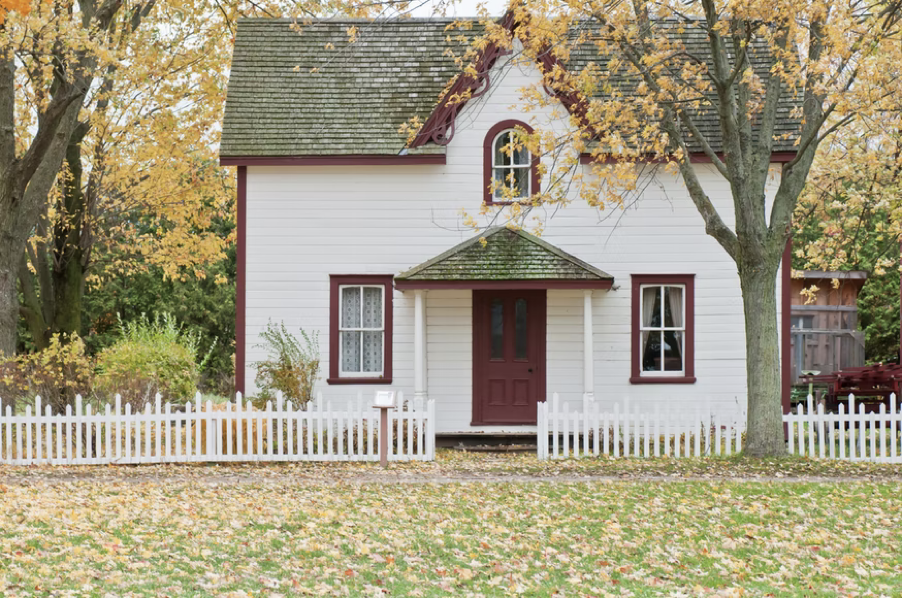
Even if a tree receives all of its water needs from rainfall, it’s critical to understand its ideal moisture levels to keep trees healthy. It’s perfect if the tree is planted in the proper area and thrives in the current soil conditions.
What does the tree have an aversion to? High winds, salt spray, dryness, too much water, and root competition from other plants may affect certain plants differently. Avoid exposing the tree to these stresses by being aware of their sensitivity. Also, there are qualified and licensed tree removal companies like canopytree.com.au which can help you take good care of your trees.
Here are some more tips and tricks that can help you keep your trees in shape.
Keep Tree Roots Protected
Roots and soil are intertwined, and a healthy root system is necessary for healthy trees. Healthy soil includes air spaces because tree roots need oxygen for nutrition uptake. One of the greatest dangers to tree roots is compacted soil, making it difficult for water and oxygen to reach the root zone.
Your tree’s roots and soil are essential to its health, so preserve them. The CRZ is defined by the tree’s drip line, an imaginary circle drawn on the ground in line with where the tree’s branches reach.
Tree roots extend well beyond the drip line, and they are not symmetrical with the components on the earth’s surface in any way. Sources in the CRZ, on the other hand, are the most vulnerable to damage.
Protect the Bark of Trees
The tree’s bark serves as a living defense for the tree. As a result, fungal or bacterial diseases may easily take hold of the tree, causing it to decay from the inside out. Bark damage may be caused by a variety of things, such as:
- When a sprinkler head repeatedly strikes the trunk of a tree in the same spot, the bark might be damaged—direct water away from the box by altering your spray head’s angle of attack.
- Wounded bark is the result of tangled branches rubbing against one another. Pruning the right way is covered in the following advice.
Use Water Efficiently
Existing soil and water conditions are likely to support well-established mature trees. Prolonged drought may still kill them, depending on the species, soil conditions, and climate in the area where they live. You need to keep an eye on the general health of your trees so that they’ll be better prepared for the stress of a prolonged drought.
There is no need to water your trees during the winter dormancy unless they are newly planted. A tree must be wet when it’s hot outside or when there’s a drought. Trees appreciate heavy irrigation on a less regular basis.
Prompt Pruning Is Essential
When trees are dormant during the winter months, it is an excellent opportunity to trim them before new growth springs up. Observe the general structure of your tree and choose which branches need to be cut down. Hire a professional who can teach you pruning procedures or perform the pruning for you if you have a black thumb or are a novice.
The Following Are the Fundamental Rules:
We Were Crossing a Limb or Two
The bark of a tree may be damaged by branches that cross and brush against one other. To encourage the more robust addition to develop, cutting off the unit with a minor diameter. Multi-stemmed trees may also be thinned out by pruning.
Branches That Have Fallen to Ruin
The tree will self-heal if you cut them off cleanly. Leaving dead or broken branches on a tree may let water and other creatures seep into the tree, causing it to deteriorate. Low-hanging branches If required, you may “limb up” your tree to get rid of the lower limbs.
Allowing more light into the region below your tree by cutting down low branches is mainly for aesthetic reasons. Remove any standard components that might be damaged by a car, such as those near a road.
Keep Trees’ Soil in a Healthy Condition
Without human intervention, trees can thrive in the wild. Organic debris decomposes in a forest, enriching the soil and creating a microbial ecosystem that assists in the uptake of nutrients by plant roots. In addition to helping to keep the soil wet, the leaf litter layer also helps to provide a solid foundation for water penetration.
Conclusion
Plant a variety of ground coverings and grasses to encourage the decomposition of dead plant matter. A “living mulch” may be created by placing shade-tolerant plants under a large tree.
With the aid of plants, the soil will be kept in good condition and will be more visually appealing than a plain layer of mulch. Avoid root competition with the tree by using plants with spreading roots.
